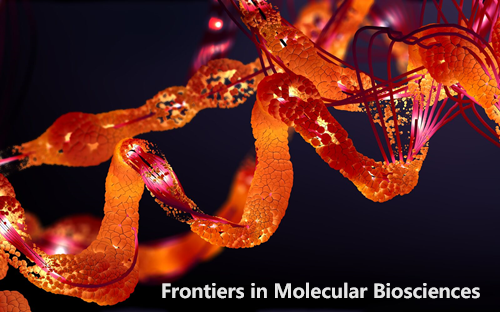溶瘤 NDV AMHA1 在乳腺癌三维培养模型中的抗转移和抗肿瘤活性
IF 3.9
3区 生物学
Q2 BIOCHEMISTRY & MOLECULAR BIOLOGY
引用次数: 0
摘要
导言新城疫病毒(NDV)AMHA1 能够通过直接复制或诱导细胞凋亡等途径杀死癌细胞。结果首先,我们利用不同的病毒剂量和病毒复制动力学研究表明,NDV AMHA1 可以感染并杀死增殖的粘附细胞和肿瘤球体内的乳腺癌细胞。我们还发现,NDV 可以在代表转移的球体内感染和扩散,无论是在重新附着之前还是之后。此外,我们还评估了 NDV 诱导癌细胞球体内细胞凋亡的能力,并通过病毒追踪表明,NDV 感染对消除这些转移球体至关重要。讨论 NDV 在转移模型中诱导细胞杀伤的机制是诱导癌细胞中的 caspase-3 和 P21 以及抑制 Ki67,而正常细胞则没有。总之,这些结果表明,NDV AMHA1具有杀死悬浮或附着的乳腺癌转移瘤的能力,这是NDV AMHA1可能有效治疗人类转移性乳腺癌的新发现。本文章由计算机程序翻译,如有差异,请以英文原文为准。
Antimetastatic and antitumor activities of oncolytic NDV AMHA1 in a 3D culture model of breast cancer
IntroductionNewcastle disease virus (NDV) AMHA1 is capable of killing cancer cells by direct replication or induction of apoptosis alongside other pathways. In this study, we report the potent antimetastatic and anticancer activities of NDV AMHA1 in a 3D spheroid model of breast cancer metastasis.Methodswe used two breast cancer cell lines AMJ13 and MCF7 in our metastasis model system.ResultsFirst, we showed that NDV AMHA1 can infect and kill breast cancer cells in proliferating adherent cells and tumor spheroids using different virus doses and studying virus replication kinetics. We showed that NDV can infect and spread within the spheroids that represent metastasis before and after reattachment. Furthermore, we evaluated the ability of NDV to induce apoptosis in cancer spheroids and by virus tracking showed that NDV infection is essential for the elimination of these metastasis spheroids.DiscussionThe mechanism by which NDV induces cell killing in the metastasis model is the induction of caspase-3 and P21 and inhibition of Ki67 in cancer cells, but not in normal cells. In conclusion, these results indicate that NDV AMHA1 has the ability to kill breast cancer metastases in suspension or attached, and this is a novel finding of NDV AMHA1 being a possibly efficient therapy against human metastatic breast cancer.
求助全文
通过发布文献求助,成功后即可免费获取论文全文。
去求助
来源期刊

Frontiers in Molecular Biosciences
Biochemistry, Genetics and Molecular Biology-Biochemistry
CiteScore
7.20
自引率
4.00%
发文量
1361
审稿时长
14 weeks
期刊介绍:
Much of contemporary investigation in the life sciences is devoted to the molecular-scale understanding of the relationships between genes and the environment — in particular, dynamic alterations in the levels, modifications, and interactions of cellular effectors, including proteins. Frontiers in Molecular Biosciences offers an international publication platform for basic as well as applied research; we encourage contributions spanning both established and emerging areas of biology. To this end, the journal draws from empirical disciplines such as structural biology, enzymology, biochemistry, and biophysics, capitalizing as well on the technological advancements that have enabled metabolomics and proteomics measurements in massively parallel throughput, and the development of robust and innovative computational biology strategies. We also recognize influences from medicine and technology, welcoming studies in molecular genetics, molecular diagnostics and therapeutics, and nanotechnology.
Our ultimate objective is the comprehensive illustration of the molecular mechanisms regulating proteins, nucleic acids, carbohydrates, lipids, and small metabolites in organisms across all branches of life.
In addition to interesting new findings, techniques, and applications, Frontiers in Molecular Biosciences will consider new testable hypotheses to inspire different perspectives and stimulate scientific dialogue. The integration of in silico, in vitro, and in vivo approaches will benefit endeavors across all domains of the life sciences.
 求助内容:
求助内容: 应助结果提醒方式:
应助结果提醒方式:


